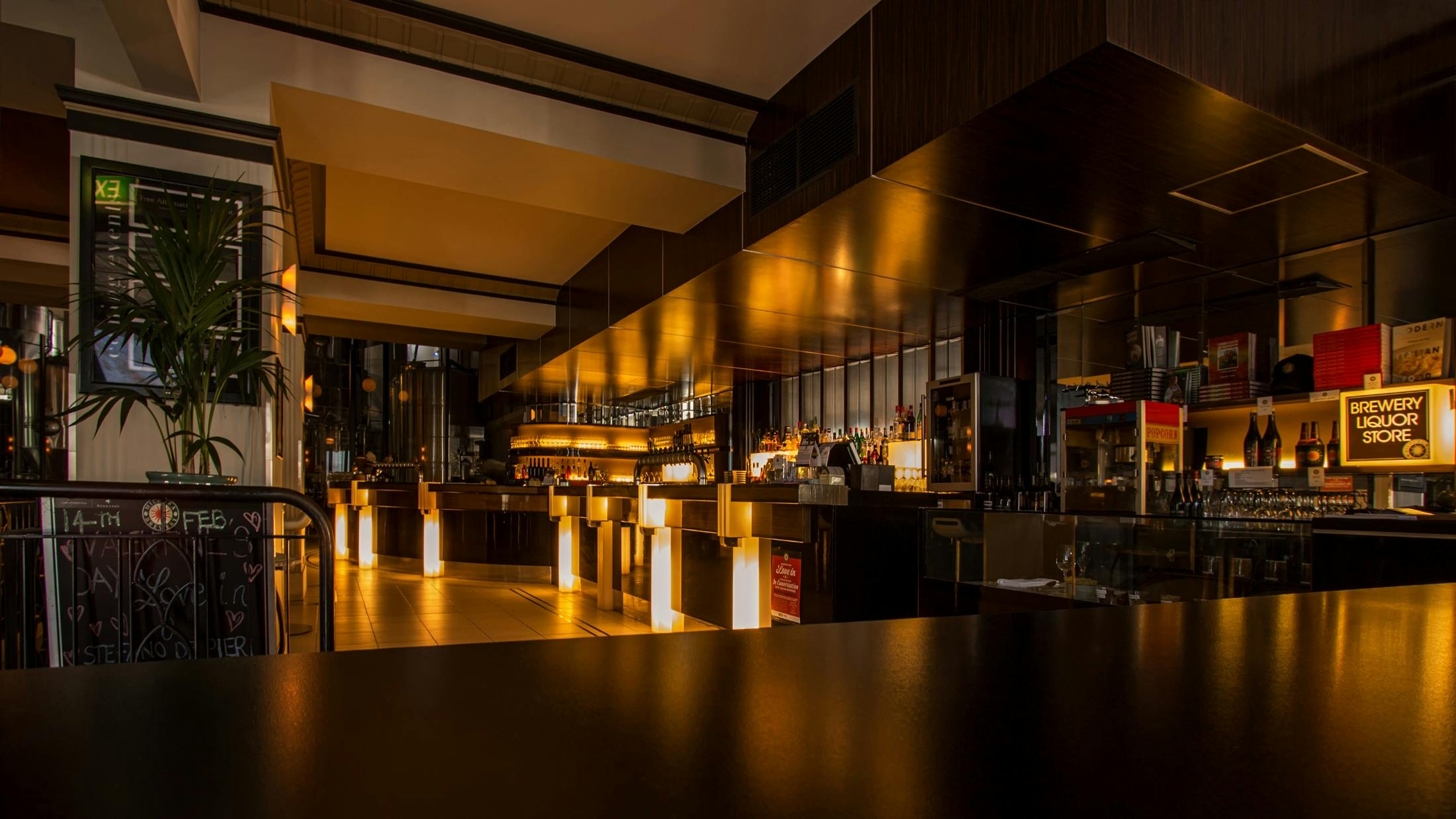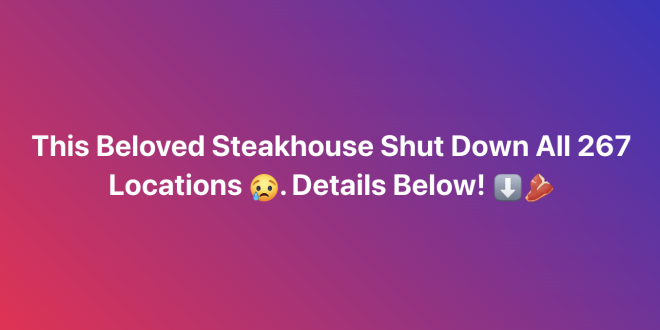Favorite Steak Restaurant Closed All 267 Locations…
The famous American restaurant chain Lone Star Steakhouse & Saloon has closed all 267 of its locations, marking the end of an era. The chain is known for its rustic charm, hearty steaks, and lively saloon-style atmosphere. However, it leaves behind a reputation for bad financial management, leadership problems, and failing to change to a market that was changing quickly.
The closing not only marks the end of a once-bustling business, but it also shows the problems the restaurant business faces in a time of uncertain economic times and changing customer tastes.
The Lone Star Steakhouse exploded onto the eating scene with the promise of Texas-style hospitality. It served huge portions of steak and had a vibe that made many people feel like they were at home. At its height, the chain was a popular spot for family dinners, parties, and casual nights out. Its signature food and Western-style decor drew people in.
But as the restaurant scene changed, Lone Star couldn’t keep up. Lone Star stuck to its old ways while its rivals adopted new ones, such as online ordering, delivery, and new ways of thinking about dining. This unwillingness to try new things turned off younger people and lost the company’s once-loyal customers.

There were clear signs of Lone Star’s fall for a long time before it finally closed. For years, the chain had trouble with falling sales, which were made worse by bad management choices and more competition. By 2008, Lone Star had filed for Chapter 7 bankruptcy, which started a big push to cut back.
Even with these steps, the chain never got back on its feet. The financial crisis of 2008 showed that the brand couldn’t change with the times or with changing buyer tastes. People moved toward fast-casual restaurants and tech-based eating options, leaving Lone Star behind with its old ways of doing things.
Even though the company was losing more and more money, the leaders didn’t make any real changes. Instead, they cut costs aggressively, which often meant cutting wages and perks for workers. These steps may have put off the unavoidable for a while, but in the end they led to the brand’s demise.
Leadership flaws and internal chaos making things worse Lone Star’s money problems were blamed on bad management and questionable choices made by the company’s leaders. Reports of internal disputes and careless spending made the workplace toxic, which made it even harder for the chain to get better.
It was too late to try to reform with the new management in charge. If the company didn’t get new leadership soon, its image would be ruined forever, and its debts would be impossible to pay off. The leadership problem was a stark reminder of how important stability and planning are in times of trouble.
The closing of Lone Star Steakhouse was more than just a business choice for the thousands of people who worked there; it was a terrible blow to their ability to make a living. Many workers were caught off guard when companies suddenly shut down, and they had to scramble to find new jobs with little help or notice.

People who were hurt by the company’s offer of limited financial help didn’t feel much better. Most workers didn’t think the gesture was enough, especially after years of pay cuts and not knowing if they would keep their jobs. Families lost income, health care, and security, which made the closures even more difficult on an emotional and financial level.
The failure of Lone Star brings up important issues about how companies should act in times of trouble. Should companies put the well-being of their workers first, since they are the backbone of their business, or should they only care about staying in business at all costs?
The chain’s strategy, which was based on cutting costs and protecting its bottom line, should be used as an example. Lone Star lost not only its financial footing but also its character as a brand that once stood for comfort and community because it didn’t care about its employees or invest in new ideas.
People will remember Lone Star Steakhouse & Saloon not only as a company that failed because of bad management, but also as an example of what can happen when you don’t move forward and don’t try new things. Its failure to follow modern eating trends and deal with internal problems shows how important it is to be open, innovative, and put people before profits.

Lone Star’s failure is a wake-up call for the food business. Businesses must stay flexible, forward-thinking, and aware of the needs of both their workers and customers as customer tastes change.
Closed down Lone Star Steakhouse is more than just the end of a brand; it’s also a lesson in how easily things can go wrong. Once a booming sign of good food and friendship, the chain’s demise shows us that even the most beloved institutions need to change in order to stay alive.
People who worked at Lone Star Steakhouse, went there often, and others in the same line of work are sad about its closing. But its story can teach other companies how to learn, change, and put people first, which is what makes every brand great.
Even though Lone Star’s reputation has been ruined, its rise and fall will always be a powerful reminder of how difficult it is to balance new ideas, responsibility, and life in a world where everyone is trying to get ahead.
 Viral Hatch US/UK No.1 News Portal
Viral Hatch US/UK No.1 News Portal







